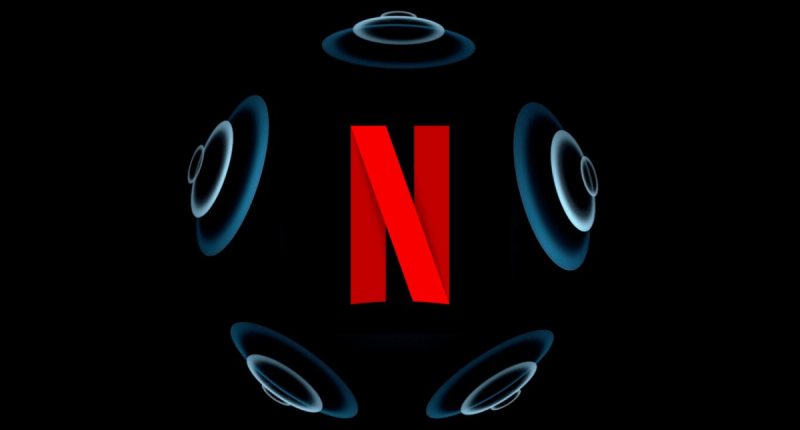Netflix’s worries are far from over. The innovation called Netflix, which was one of the few that faced immense profits as soon as the pandemic began in 2020, is now facing it’s share of adversity. According to a recent report by The Information, 13% of the cancellations on Netflix in Q1 2022 were accounted for by long term subscribers (Three years or longer).
According to The Information report, these numbers come from an analysis firm Antenna, who are in contact with 5 million American users who share their subscription services under anonymity. The numbers are worrisome, since in comparison to Q2 2021, when only 6% of the cancellations were from long term users, the number has ballooned up to 13%.
Netflix has been facing harsh criticism over their handling of content on their platform. Users have been periodically frustrated with the platform for cancelling well-performing shows on cliffhangers after 1-2 seasons. Another problem the users face, in contrast to the first one, is that there is just too much of content to choose from, and the cinematic gems are few and far apart. Netflix’s self produced movies and series, which used to be a reliable lineup, have displayed a gradual decline in quality. Additionally, Netflix hasn’t been able to establish a strong position in a major market such as India, largely due to some politico-ideological controversies and the country’s general aversion to the western creative freedom.
But quite possibly the biggest issue, which becomes even more significant because of the above-mentioned ones, is the steady increase in subscription price. In the month of March, Netflix saw its US prices increase to $9.99 / month (from $8.99) for the base plan, $15.49 / month (from $13.99) for the standard plan, $19.99 / month (from $17.99) for the premium plan.
India has been on the opposite side of things when it comes to prices, which have fallen from their launch prices. Netflix premium, which launched at ₹799/Month, has dropped to ₹649/month. Also, a standard definition, mobile-only plan for ₹149/month was introduced last year. But Netflix’s competitors in India, including Amazon Prime Video, Disney+ Hotstar, SonyLiv, Zee5 etc. have much cheaper subscription plans and as a result have a larger chunk of the market.
Netflix has had a turbulent year. For the first time in the company’s history, they reported a loss of 200,000 subscribers, with trends predicting a loss of 2 million more users. Netflix also pulled out of Russia in response to their invasion of Ukraine, making another 1 million users devoid of the service. The OTT platform has tried to react to the situation, as they consider venturing into live-streaming stand-up comedy specials, sports and other unscripted content. Plans to introduce a cheaper service with ads have also been revealed.
Content consumption industry has consistently shown one trend, evolve or die. When Netflix came onto the scene, it stepped onto it’s competitor Blockbuster, to the point of Blockbuster going out of business, because they refused to innovate. Time shall reveal how Netflix reacts, now that it’s their turn to innovate and evolve.





